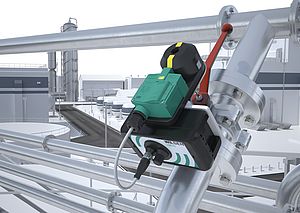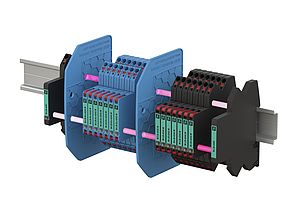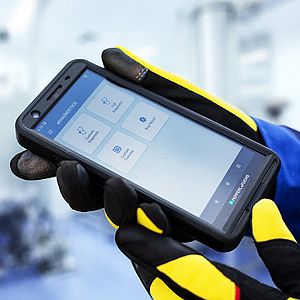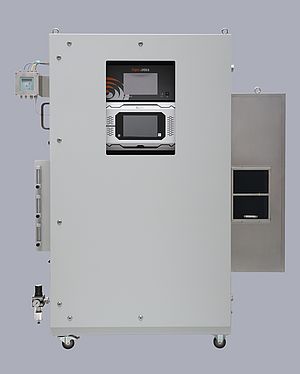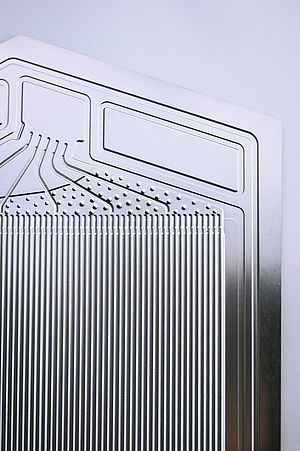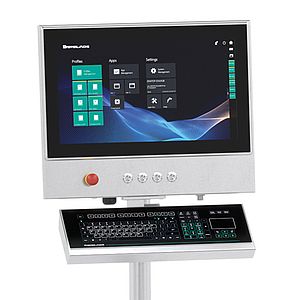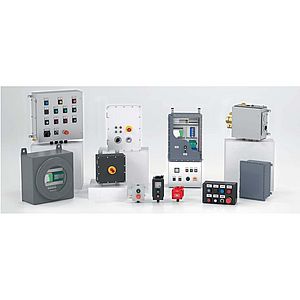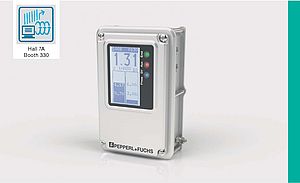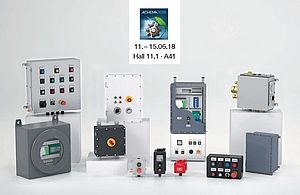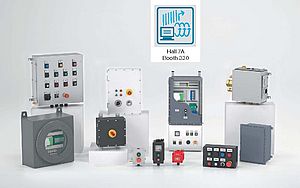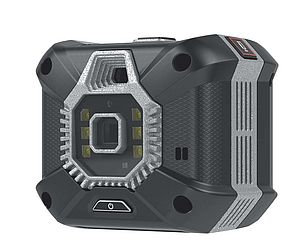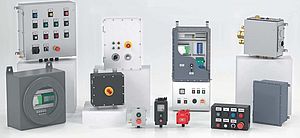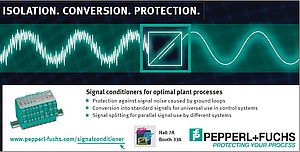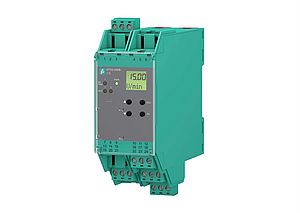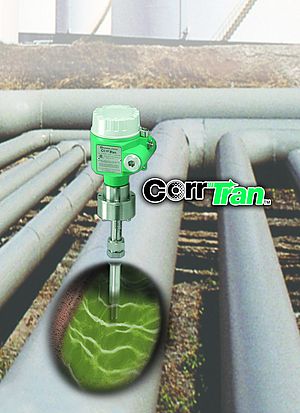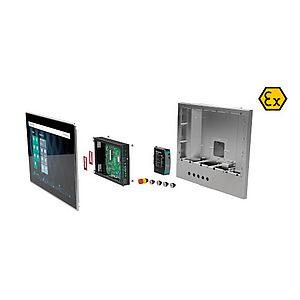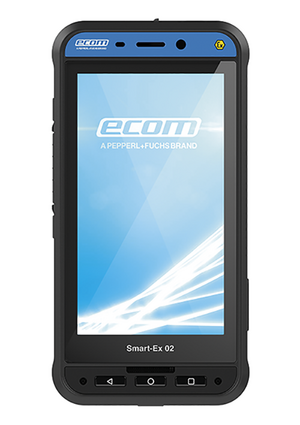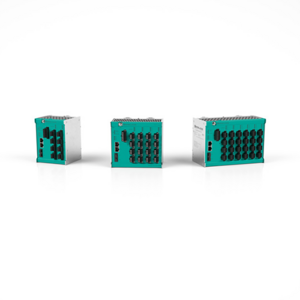The vital step is a complete digital image of the process plant within the process control system. For this purpose, the system must be aware of the entire process instrumentation. Every sensor and actuator not only needs to permanently reveal its current operating status. It must also provide information about signs of wear or if an imminent failure is to be expected. The result is a digital twin of the entire system that represents exactly what is currently happening out in the field.
“Ethernet-APL brings networking right down to each and every field device, even in potentially explosive areas. Thanks to this technology, nothing prevents the fully digital process plant, which exploits the full potential of IIoT and Big Data for operation, maintenance and optimization," says Michael Kessler, Vice President of Components and Technology at Pepperl+Fuchs.
Manufacturers like Pepperl+Fuchs no longer just think in terms of individual products and technical features. They are in the process of changing from a pure product provider to a developer of complete solutions. The focus is on the customer's problem, and it is about a seamless migration path that protects existing investments in the communication infrastructure and at the same time supports the change to a fully digital process plant.
Better information for faster reaction
An illustrative example of this development are digitally controlled processes for maintenance and troubleshooting, which can be made much more targeted and time-saving with the help of real-time information from the digital twin. The time of simply reacting to technical failures is definitely a thing of the past. The goal is predictive maintenance: Any change in the behavior of a field device is detected at an early stage. Foreseeable issues will be addressed during the next scheduled maintenance. Service technicians can react faster and more specifically. System failures will turn into an absolute exception.
We are talking about intelligent systems that not only monitor the physical condition of individual field devices and system components. They also use historical data and knowledge about past wear characteristics to make problematic developments visible long before a system failure can occur.
If a component gets into a critical state during operation or even threatens to fail, the predictive maintenance system not only ensures that a warning is triggered immediately. This warning is also enriched with specific information about the type of problem detected and with specific recommendations for action. As a result, in many cases, the service technician already knows in advance where the problem lies. He doesn't has to start troubleshooting on site, but ideally, he already has the required spare part with him when he gets active in the field. This means that he can correct the error right away (1st-time fix), which significantly increases the efficiency of the service deployment.
The communication technologies used are Ethernet-APL, WLAN and 4G/5G mobile communications, comprising a self-sufficient campus network. This is a private 5G network that provides highly secure wireless communication across the entire plant, allowing access to the information of the digital twin from anywhere within the plant.
Each device in the field is provided with a Digital Name Plate. This is a QR code that is used to uniquely identify the device in question. Pepperl+Fuchs uses its intrinsically safe smartphones, tablets or even smart glasses to communicate with both the hardware in the field and the plant control system. When a fault is reported, the QR code is first read with the mobile device in order to precisely verify which field device has reported a problem. The digital twin then provides a graphic representation of the component in question, which is displayed on the handheld display and clearly visualizes where the error is and which procedures are required to replace the component in question. Not only configuration and device data can be called up via the mobile device. It is also possible to directly trigger a repeat order if the defective component is not in stock. In addition, the worker uses the mobile device after completing maintenance work to verify the function and for direct and digital paperless documentation of the entire process.
Know-how migrates into the system
Service technicians are valuable knowledge carriers for the company. If such an employee leaves the company, a lot of routine and background knowledge is lost. That is where another aspect of a digitally supported maintenance system comes into play: Since the digital twin can provide all information about the system down to each individual field device, the crucial technical know-how about the system is not only in the head of the employee, but also stays with the Company.
Once the know-how is an integrated part of the system, new service technicians can be easily guided via on-the-job training without compromising service quality. In the event of vacation or illness, due maintenance work can also be carried out by less experienced employees.
But that's not all:
Using a suitable headset with smart glasses, the service technician can not only display specific device drawings, illustrations and assembly instructions for the component to be serviced. To solve specific problems, he can also trigger a video call directly on site and contact specialists from within or outside the company to be instructed verbally.
Running processes can also be displayed and operated via stationary operating stations that are distributed throughout the plant. To operate them, employees can authenticate themselves with their personal access data for example quickly, easily and securely using RFID data carriers.
Operating stations with thin clients – socalled remote monitors – allow access to virtual machines on which the applications are running. This means that expensive hardware can be dispensed with, since only the user interface is executed, which saves on computing processes in the hazardous area.
Devices such as thin clients and remote monitors can be managed remotely. Service technicians or administrators can maintain and update all devices centrally by connecting to the server, to which the thin clients and remote monitors in turn connect. For this purpose, Pepperl+Fuchs offers innovative software tools (Control Center for central management and VisuNet RM Shell 6 as firmware for the devices) that minimize maintenance efforts and increase efficiency.
Authors: Andreas Hennecke & Yannick Klein, both Pepperl+Fuchs SE, Andreas Wick Neoception







